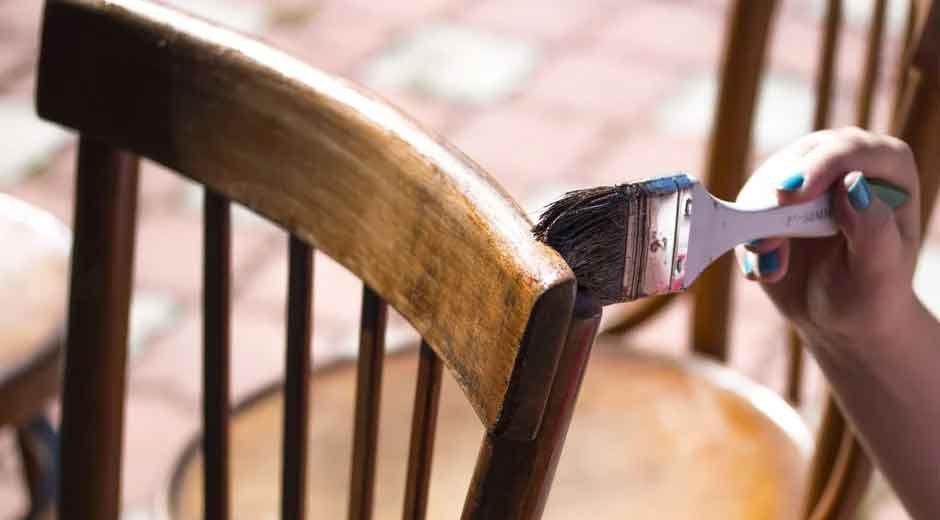The best moments sometimes start with a dusty, once-loved antique dresser that’s lost its shine or a sideboard hiding in your grandma’s attic. Breathing fresh life into antiques is part rescue mission, part love story. You get to keep history alive—and score a one-of-a-kind piece for your home. But let’s keep it smart and safe. Here’s how to revive your next antique with confidence and heart.
Start with the Safety Check: No Surprises, Please
Before you whip out that paintbrush, take a close look. Many old pieces carry more than character—they might hold hidden dangers like lead paint, loose joints, or ancient nails ready to snag your hand.
If you suspect lead paint (pretty common on anything pre-1978), play it safe and test first. Home test kits are easy to find, but if you want to double-check your process. If you find lead, don’t sand or strip it by hand. Either leave the finish untouched or call in a pro. Seriously—it’s not worth the risk.
Give It (the Right) Clean
Sometimes, years of grime are just hiding the beauty underneath. But patience pays off here. Start by dusting with a soft, dry cloth. Next, use a gentle cleaner—skip the harsh stuff. A small amount of water mixed with mild soap can do wonders, but keep things damp, not wet. Rub with the grain and dry as you go.
Keep an eye out for mold or musty smells, especially if your find came straight from a basement or garage. A little white vinegar can help, but always test an out-of-sight spot first to make sure you won’t damage the finish.
Fix First, Then Refresh
Think of repairs as first aid for furniture. Tighten wobbly legs, fix loose joints, and patch up any chips or splinters. Wood glue goes a long way, but don’t drown the piece in it. If you’re nervous, there’s no shame in turning to a local restorer for anything complicated or valuable.
Sanding is optional—and only if you’re certain the finish is safe. Focus on rough, damaged areas, but leave the gentle nicks and marks that tell the story. For painting or refinishing, always work in a well-ventilated area, wear a mask if you’re sanding, and protect your skin.
Finishing Touches: Let the Past Shine Through
Here’s the fun part. You can re-stain, use a little paste wax, or add a fresh coat of paint—whatever fits your style and the piece’s story. Neutral wax is a favorite for making old wood glow again. Some folks love using bold colors on battered drawers, while others prefer to keep the patina as-is. There are no strict rules—just trust your eye, work patiently, and let the character come through.
A Fresh Start, With the Details Intact
When you bring an antique back to life, you’re not erasing its age; you’re celebrating everything it’s seen. Each brush stroke, polish, and screw you tighten is another chapter in its story. Give your piece time, attention, and a gentle hand, and it’ll repay you by standing out—a unique blend of old and new, sturdy and soft, always ready for its next adventure.










